Hellström’s radioactive vessels have the potential to inhabit a narrative that goes far beyond its form or function
Young and daring student designer Hilda Hellström unveiled an atomic project for her MFA senior thesis show at Royal College of Art (RCA). She got in touch with Naoto Matsumura, the last man still living within the 12-mile exclusion zone in Fukushima – a place where 78,000 people once lived. In March the Japanese government eased restrictions last March but much of the area remains off limits due to high levels of radiation. Hellström travelled to Japan and met Matsumura, who was eager to assist in her project. Using slightly radioactive soil that she harvested from Matsumura’s farmland, Hellström constructed these rugged “food vessels” – a complex, provocative name that explores the usefulness, or lack thereof, of contaminated land.
What’s fascinating about this project is the powerful narrative embedded with these seemingly day-to-day objects. Their ontext immediately transforms them into artifacts of history. Much in the same way that a piece of the Berlin wall can signify so much and so little at the same time, depending on the audience, Hellström’s radioactive vessels have the potential to inhabit a narrative that goes far beyond its form or function. It’s an excellent example of how an artwork, depending on how we frame it, can vastly increase or decrease our artistic experience.
Below are images of Hellström when she visited Matsumura on his farm.
source: Dezeen | Hilda Hellström

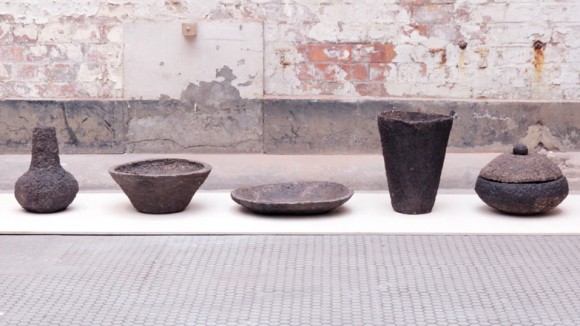
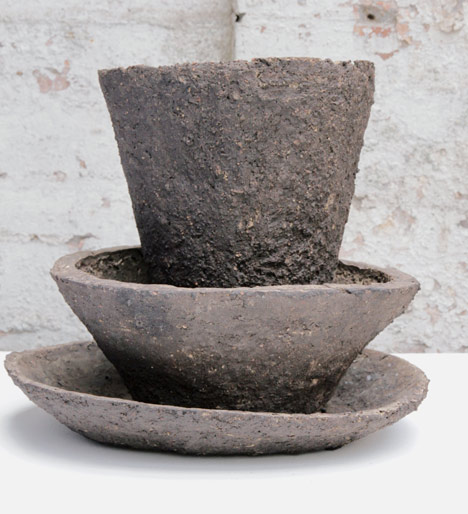
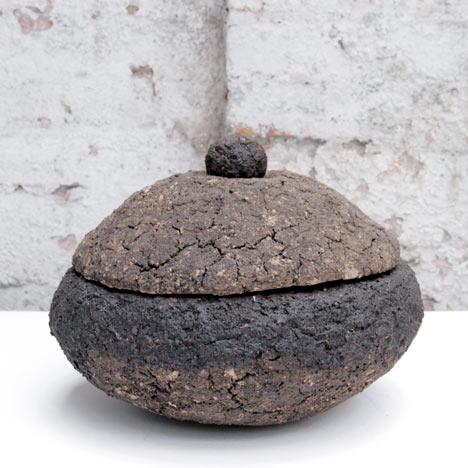
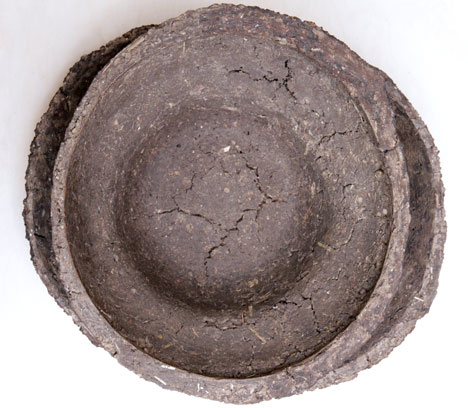
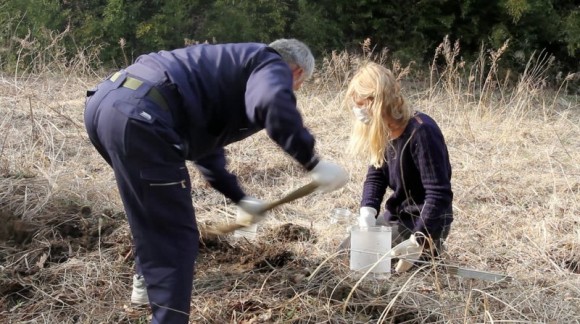
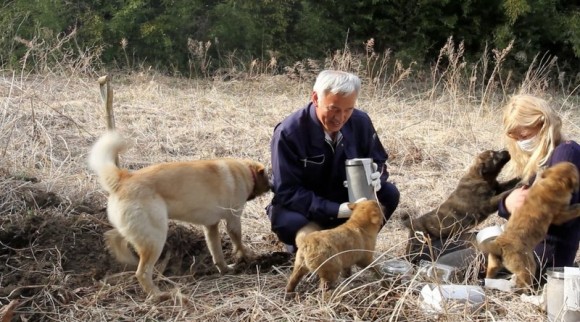
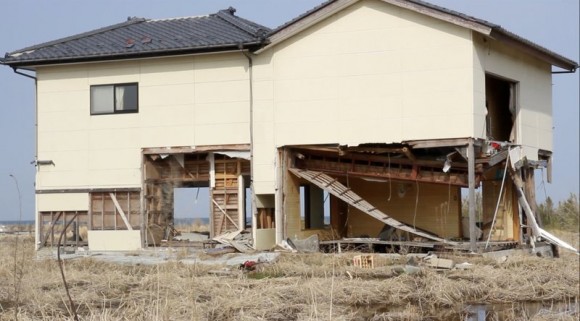

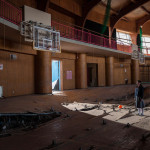
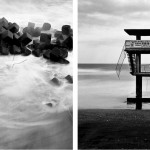
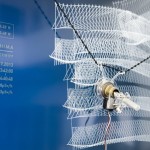



















June 23, 2012 at 1:25 pm
Profound – that’s all one can really say. Great post!
June 24, 2012 at 9:40 pm
thanks Jake!